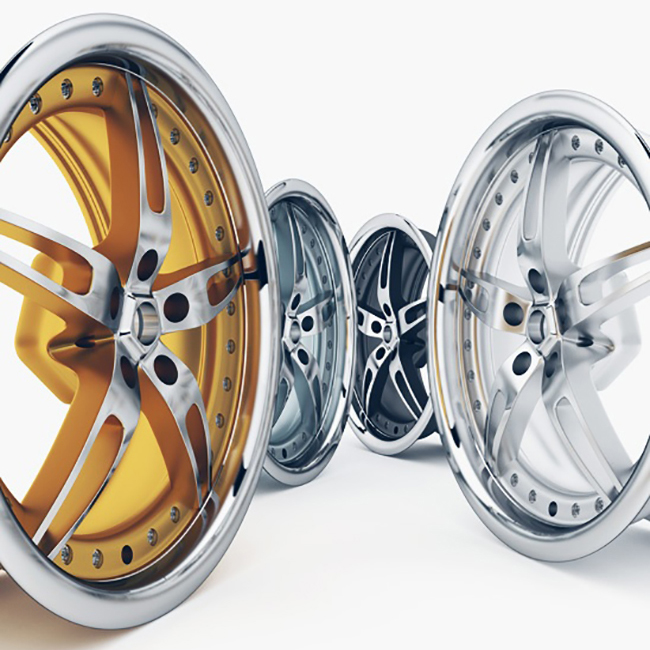oil seal types pdf
Understanding Oil Seal Types A Comprehensive Overview
Oil seals, also known as rotary shaft seals or oil seals, are critical components in numerous mechanical systems. They help prevent the leakage of lubricants and the entry of contaminants, ensuring the efficient operation of machinery. Understanding the different types of oil seals is essential for selecting the right one for a specific application, thereby enhancing performance and longevity.
1. Types of Oil Seals
Oil seals come in various shapes, materials, and designs to suit different operational demands. The most common types include
- Lip Seals These seals feature a flexible lip that makes contact with the rotating shaft. The lip’s design is crucial as it dictates the seal's effectiveness against leakage and dirt ingress. Lip seals are predominantly used in automotive engines, gearboxes, and hydraulic applications.
- U-Cup Seals Also known as U-Rings or U-Cups, these seals are particularly effective in pressure applications. They can hold significant pressure from fluids while providing a robust barrier against leakage. U-cup seals are often found in hydraulic cylinders and pistons.
- V-Ring Seals This type of seal is designed to fit on a shaft and provides a seal against dust and dirt entry. The v-shaped profile allows for flexibility and accommodates axial movements, making V-ring seals ideal for applications where the shaft may move slightly.
- Mechanical Seals These are commonly used in rotating equipment such as pumps and compressors. Unlike lip seals that primarily prevent leakage, mechanical seals rely on a combination of sliding surfaces to create a seal, offering a high level of performance in harsh environments.
oil seal types pdf

2. Materials Used in Oil Seals
The choice of material is equally vital in oil seal design. Common materials include
- Nitrile Rubber (NBR) Known for its excellent oil resistance, NBR is a popular choice for automotive and industrial applications. - Fluoroelastomer (FPM) This material is chosen for high-temperature applications due to its superior thermal stability and chemical resistance.
- Polyurethane Often used in dynamic applications, polyurethane seals offer exceptional wear resistance.
3. Choosing the Right Oil Seal
When selecting an oil seal, several factors need consideration. The operating environment, including temperature, pressure, and the type of fluid being sealed, influence the material and type of seal selected. Additionally, understanding the dimensions and tolerances of the shaft and housing is crucial for a proper fit.
In conclusion, oil seals are indispensable components in various machinery and equipment. Whether it is lip seals, U-cup seals, or mechanical seals, understanding their types and applications helps in making informed decisions for maintenance and repair. Proper selection and installation of oil seals can lead to enhanced performance, reduced downtime, and prolonged equipment life.
-
Simplifying Oil Changes: A Comprehensive Guide to Oil Drain Plugs and Their Variants
News Aug.04,2025
-
Mastering Oil Drain Maintenance: Solutions for Stripped, Worn, and Upgraded Oil Plugs
News Aug.04,2025
-
Fixing Oil Pan Plug Issues: Leaks, Stripped Nuts, and the Right Replacement Solutions
News Aug.04,2025
-
Everything You Need to Know About Oil Drain Plugs: Sizes, Fixes, and Upgrades
News Aug.04,2025
-
Choosing the Right Oil Drain Plug: A Guide to Sizes, Materials, and Drain Innovations
News Aug.04,2025
-
A Complete Guide to Automotive Drain Plugs: Types, Problems, and Innovative Solutions
News Aug.04,2025
-
The Ultimate Guide to Car Repair Kits: Tools and Essentials Every Driver Should Own
News Aug.01,2025
Products categories















